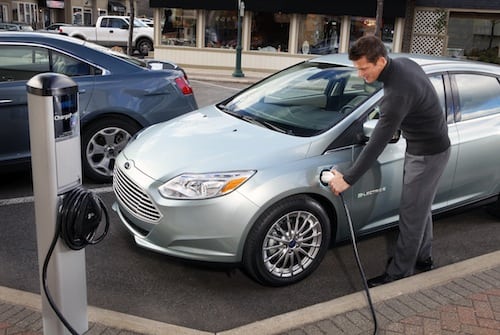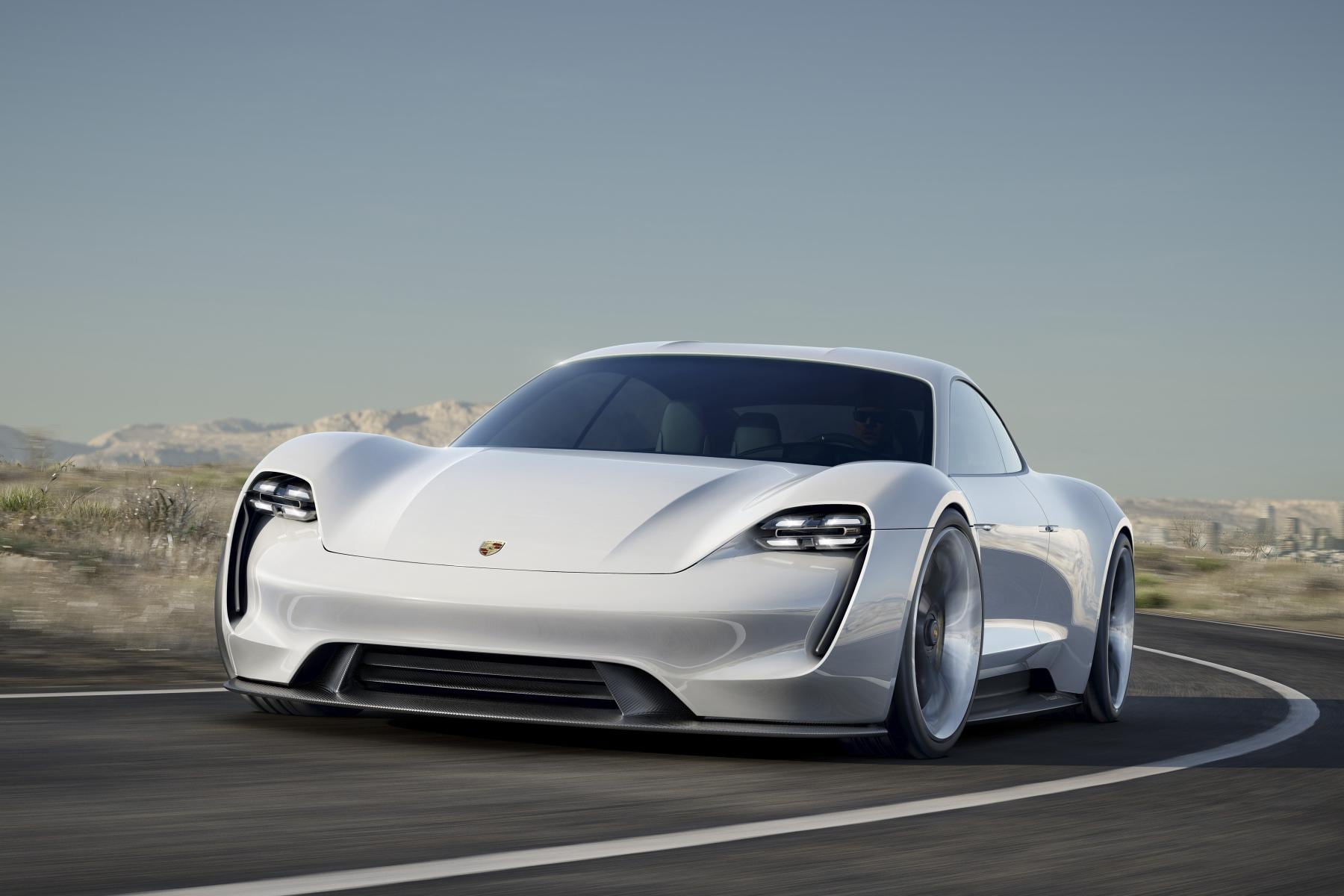One of the biggest hurdles holding back electric vehicle adoption is charging at work. Here’s why it’s so important for companies wanting to retain their workforce and attract more.
We understand the first thing on most people’s minds is range, but that is a highly debatable point these days. In Europe and Japan, a 100 mile will get you far, so will it in the U.S. Yet, the perceived notion you must have it all in case you need it is holding back many from formulating a rational opinion about electric vehicles (EV). You’ve read it here before, 80% of the U.S. daily commute is under 40 miles, something any current electric vehicle can easily handle these days. The next hidden roadblock, pun intended, is where to charge, and more to the point, charging at your final destination, be it at home or work.
Charging at work as a double incentive.
The U.S. Department of Energy started the EV Everywhere Workplace Charging Challenge last year with thirteen original companies. It is designed to facilitate the installation of chargers at the workplace. Since then, a strong push has been felt both in the private and public sector to make it happen. The program included 19 companies by June, and the momentum is still growing. To date, many companies are trying to leverage this program in order to attract new employees, or retain their workforce. You can read the DoE’s report here in PDF format.
To date, the Los Angeles Department of Water & Power (LADPW) already has its “Charge Up LA! – Home, Work and On the Go”, which also includes charger rebates for home and public charging. The Natural Institute of Health (NIH) has already done the same, as well as Verizon and Southern California Edison (SCE).
A year later, U.S. Energy Secretary Ernest Moniz announced another round of funding, this time nearly $50 million to accelerate research and development of new vehicle technologies. This new round will support other programs, such as the EV Everywhere Grand Challenge. This program is part of a broader 2012 initiative to make plug-in electric vehicles (PEV) more affordable and convenient to own today’s gasoline cars within the next 10 years. As you can see today, this particular program has grown and continues to do so. The DOE is appealing to America’s employers to sign the Workplace Charging Challenge Pledge as “Partners” to make a bold commitment to provide PEV charging access to their workforce. The Pledge also enlists stakeholder organizations as “Ambassadors” to promote and facilitate workplace charging.
While we might not see the complete results yet, we can see how such programs could help potential employees apply to companies with chargers at work. Certainly everyone we know who drives an EV to work either charges at work or is equally petitioning the company to install electric vehicle chargers.
What’s in it for businesses?
Charging at work is an easy hiring incentive for companies to keep talent in and attract more employees. Installing chargers at work appeals to gasoline budget weary drivers who switched over to plug in vehicles. It is giving them a sense of security, knowing they can plug in at work and extend their range to stop along the way for groceries and more.
This is also the part where people: “But electricity costs a lot”. Companies use a vast amount of electricity and don’t pay the same tariffs home owners do. Essentially, installing a few chargers are a drop in the bucket. This is a relatively small investment to attract an engaged workforce.
A year down the road, many companies have already signed in with the DoE’s EV Everywhere Grand Challenge and more are installing EV chargers. With more plug in vehicle, PEV drivers commuting to work, many are petitioning their companies to install EV chargers. This is a win-win situation for companies eager to maintain a positive image while attracting employees.







